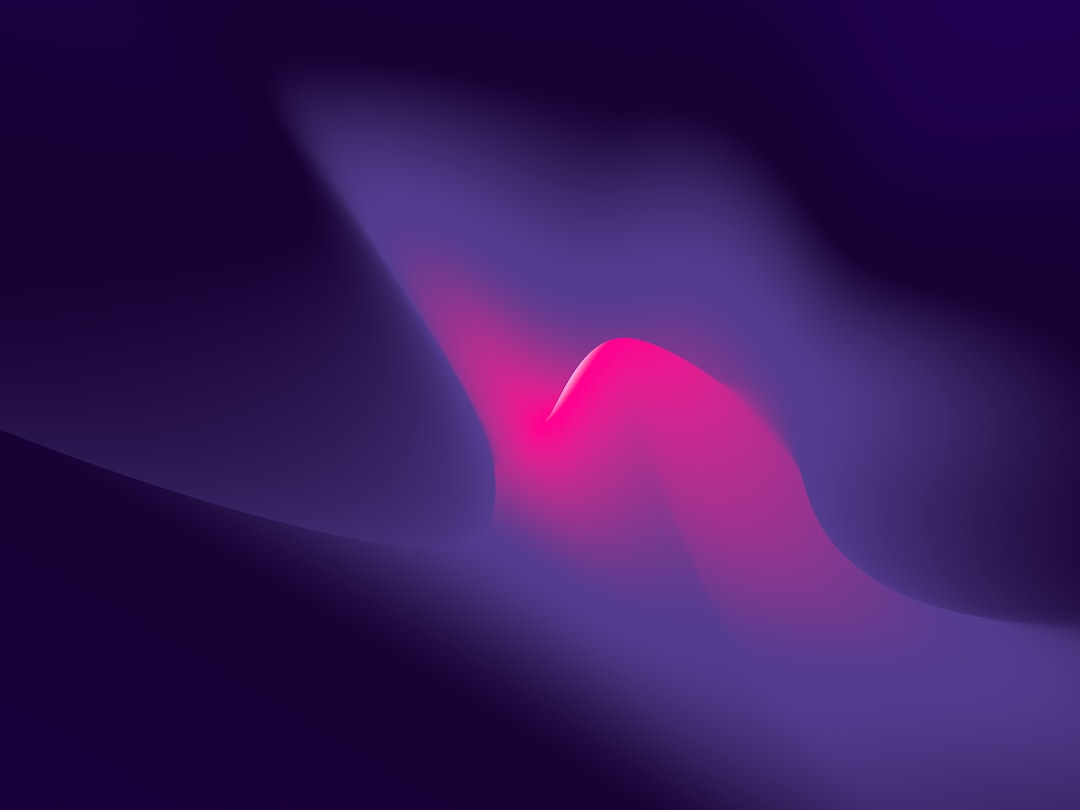The Art of Collage: How to Create Beautiful Mixed Media Pieces
Collage is a fascinating art form that allows you to create beautiful mixed media pieces by combining different materials, textures, colors, and techniques. It offers a unique way of storytelling and self-expression, making it a popular choice among artists of all levels. If you’re new to collage or want to improve your skills, this blog post will guide you through the process of creating stunning mixed media artworks.
Getting Started: Materials and Tools
To begin your collage journey, you’ll need a range of materials and tools. Some essential supplies include:
1. Base Material: Start with a sturdy surface such as canvas, heavy paper, or a wooden board. This will serve as the foundation for your collage.
2. Papers: Collect various types of papers like patterned scrapbook paper, old book pages, newspaper clippings, or tissue paper. Experiment with different textures and colors to add depth to your artwork.
3. Magazines and Photos: Flip through magazines or print out photos to incorporate interesting images into your collage. These visuals can be used as focal points or background elements.
4. Fabrics and Textiles: Utilize scraps of fabric, lace, or ribbons to introduce fabric textures and create a tactile experience in your artwork.
5. Paint and Brushes: Acrylic paint is a versatile medium that can add color, texture, and dimension to your collage. Use brushes or even your fingers to apply paint in various ways.
6. Glue and Adhesive: You’ll need a strong adhesive to adhere your collage materials together. Consider using a gel medium, glue stick, or even double-sided tape.
7. Scissors and Cutting Tools: Invest in a good pair of scissors for cutting paper and fabrics. Additionally, an X-Acto knife or craft knife will come in handy for more precise cutting or shaping.
8. Embellishments: Don’t forget to include decorative elements like buttons, beads, feathers, or any other items that resonate with your artistic vision.
Remember, this list is not exhaustive, and as you progress in your collage journey, you’ll likely find more materials and tools that suit your style and preferences.
Composition: Designing Your Collage
Collage allows for unlimited creativity, but it’s important to consider composition and design elements to make your artwork visually appealing. Here are a few tips to keep in mind:
1. Plan Ahead: Before gluing any materials down, experiment with different layouts and arrangements. Play with scale, balance, and negative space to find a harmonious composition.
2. Focal Point: Decide on a central point of interest in your collage. This could be a photograph, a bold color, or a standout element that draws viewers’ attention.
3. Color Palette: Select a cohesive color palette to guide your choices. Consider complementary or analogous colors for a harmonious look, or experiment with contrasting colors for a bolder statement.
4. Layering: Collage is all about layering different materials. Think about how different elements interact with each other and use varying levels of transparency to create depth and visual interest.
5. Texture: Experiment with different textures to add a tactile quality to your artwork. Combine smooth and rough surfaces, or incorporate three-dimensional elements to enhance the multi-dimensional aspect of collage.
Techniques and Tips
Now that you have your materials and an understanding of composition, here are a few techniques to enhance your collage:
1. Collage in Layers: Start by applying a background layer, then gradually build upon it with different materials, using glue or gel medium to adhere them together.
2. Tearing and Shredding: Instead of cutting your papers or fabrics precisely, try tearing or shredding them for a more organic and textured look.
3. Image Transfers: For a vintage or distressed effect, consider transferring photocopies or magazine images using techniques like gel medium transfers or solvent transfers.
4. Expanding Possibilities: Don’t limit yourself to just paper and fabric. Experiment with incorporating found objects, textured mediums, or even unconventional materials like leaves or sand.
5. Experimentation and Play: Collage is a versatile art form that allows for endless experimentation. Don’t be afraid to try new techniques, mix materials, or incorporate different genres like painting or drawing into your collage.
Remember, the art of collage is a journey of exploration and self-discovery. Embrace imperfections, let intuition guide you, and allow your imagination to run wild. With practice, you’ll develop your own unique style and create stunning mixed media pieces that tell stories and captivate viewers. So, grab your materials and start creating your own collage masterpiece today!

